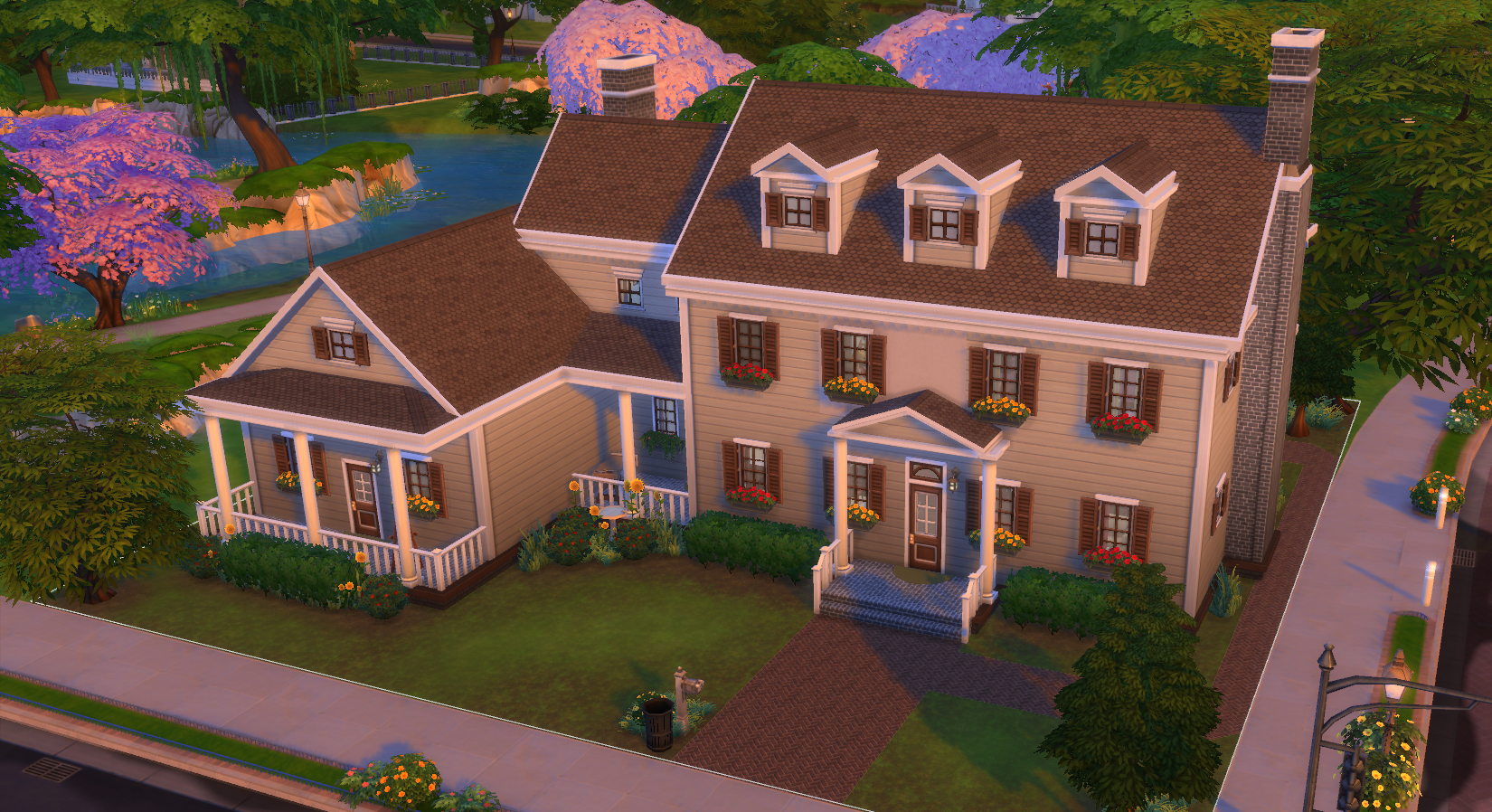

Moreover, various product innovations, such as the introduction of stretchers with multiple accessories, such as lifting bridles, head/spine immobilizer, toe clamp, shoulder harness, footboard and wrist rest, are providing an impetus to the market growth.


In line with this, the rapid spread of coronavirus disease (COVID-19) across the globe has further led to the extensive utilization of hospital stretchers that can be supplemented with additional attachments, such as ventilators and support extensions, which is favoring the market growth. The increasing prevalence of chronic diseases, such as cancer, neurological disorders and chronic obstructive pulmonary disease (COPD), especially amongst the rising geriatric population, is creating a positive outlook for the market growth. To get more information about this market, Request Sample Hospital Stretchers Market Trends: As a result, hospital stretchers are widely used in acute hospital care situations such as emergency, pediatric care, radiology and rescue services during accidents. They are widely used as surgical platforms, hospital beds and for examination and inspection of the patient as they assist in saving time by safely carrying and moving patients. Hospital stretchers are manufactured using canvas and synthetic materials and consists of a patient platform made of aluminum, steel, or plastic mounted on a wheeled frame. Depending on the mechanism, they are also accessible in motorized and non-motorized variants. Adjustable, fixed height, radiographic and bariatric are some of the commonly available hospital stretchers. Hospital stretchers refer to equipment used for moving and transporting patients who require medical care. Looking forward, IMARC Group expects the market to reach US$ 3.8 Billion by 2028, exhibiting a growth rate (CAGR) of 5.2% during 2023-2028. The global hospital stretchers market size reached US$ 2.8 Billion in 2022.


 0 kommentar(er)
0 kommentar(er)
